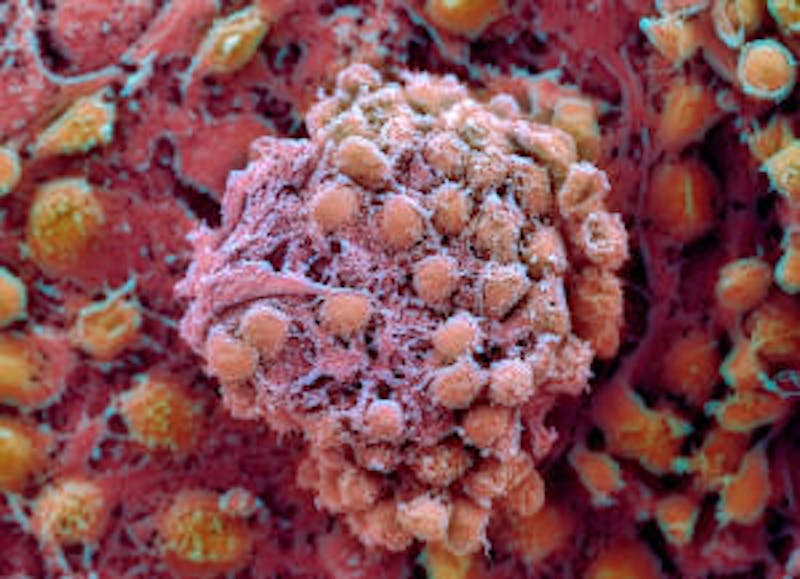
For the past few years, a new, innovative plastic surgery procedure has revolutionized the industry and allowed patients to experience optimal results without the potential side effects often associated with traditional surgical implants. Known as fat transfer, or fat grafting, the procedure is ideal for patients that are skeptical about implants but want to undergo enhancement and augmentation procedures with as little risk of complication as possible.
The process is relatively simple. Fat will be removed from an area where excess fat tends to accumulate, such as the abdomen, hips and thighs, purified and then injected into the area of choice, such as the breasts, cheeks or buttocks. The patient need not worry about an adverse reaction to traditional implants because their own natural fat cells will be used to add volume to the area of choice. The treatment is quick, relatively painless and does not result in any downtime, so patients can be back at work and enjoying regular activities almost immediately after the procedure.
But while our plastic surgery team here at Shafer Plastic Surgery in NY thought that fat transfers couldn’t possibly get any better, new research by a Dutch university shows that there is more to fat grafting than previously imagined, and we are VERY excited about the findings.
According to a study by scientists at the Copenhagen University Hospital in Denmark, enhancing fat transfers with a patient’s own stem cells drastically improves the results of the plastic surgery treatment.
The research shows that stem cells maintain the volume in fat transfer cells for an extended period of time and improve the cells’ ability to form connective tissue with surrounding organs. Data from the trial revealed that fat grafting cells enhanced with stem cells were able to retain 81 percent of their initial volume 121 days after they were extracted, compared with only 16 percent for non-stem cell fat transfers.
The researchers tested two groups in the study: the treatment group and a control group, and removed excess fat cells from the participants’ abdomens via liposuction and transferred the cells into the patients’ upper arms. The treatment group’s fat cells were enriched with their own stem cells, while the control group’s cells were left alone. Researchers also discovered that the rate of necrosis (the death of body tissues) was much lower in the group treated with stem cells than the control group. Stem cell group participants experienced only a 4.6 percent necrosis rate while the control group experienced a 16 percent necrosis rate.
These findings are extremely promising not just for potential fat transfer patients, but for breast cancer patients who have considered fat grafting breast augmentation surgery post-mastectomy and patients who are looking to undergoing reconstructive plastic surgery following an accident.
With all of these amazing discoveries, fat grafting treatments are reaching new heights. If you reside in NY and would like to learn more about fat transfer procedures, contact NY plastic surgeon Dr. David Shafer today to schedule a free consultation and determine if you are an ideal candidate for the natural plastic surgery treatment.


